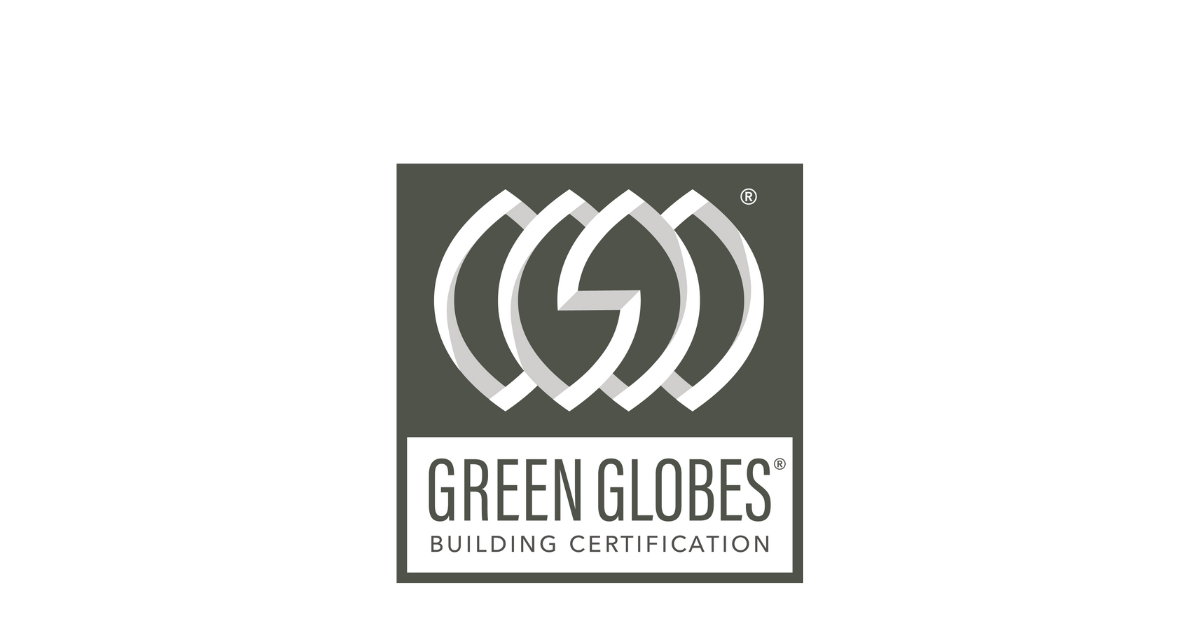The Materials section 5.2 of GreenGlobes, Recycling and Waste, earns a maximum of 55 points out of a program total of 1,000 points when calculating a green building initiative. Green Globes certification requires a minimum overall score of 35% of the total applicable points, and certified projects are assigned a rating of One to Four Green Globes. A waste diversion policy itself earns six points and must include types of consumables/disposables waste being diverted from landfill, contractor requirements, and waste reduction targets. Waste measurements should be expressed both in absolute terms (e.g. the total amounts of trash and recycling) and percentage rate reduction over a specific timeframe.
Waste diversion target credits are awarded as follows:
| Diversion Target Percentage | Points |
|---|---|
| 85% – 100% | 5 |
| 75% – 84% | 4 |
| 50% – 74% | 3 |
| 25% – 49% | 2 |
| Less than 25% or unknown | 0 |
Depending on other waste streams for the building, the use of reusable filters will raise the diversion rates to earn additional points.
To calculate the additional weight of diverted waste by using K&N reusable filters:
- Before installing K&N filters, weigh a representative sample of legacy disposable filters from each air handling unit (AHU) operated in the building, when they have reached the end of their service life, as they are removed before they are sent to landfill.
- Multiply the weights of individual used filters by the number of filters installed in each AHU to derive the total weight of filters being sent to landfill for the building.
- This can be applied to the baseline year to show the percentage rate reduction for the following year and will go towards your waste diversion performance for your Green Globes Assessor to review.
To learn more about the Green Globes for Existing Buildings program, visit thegbi.org/greenglobes.




